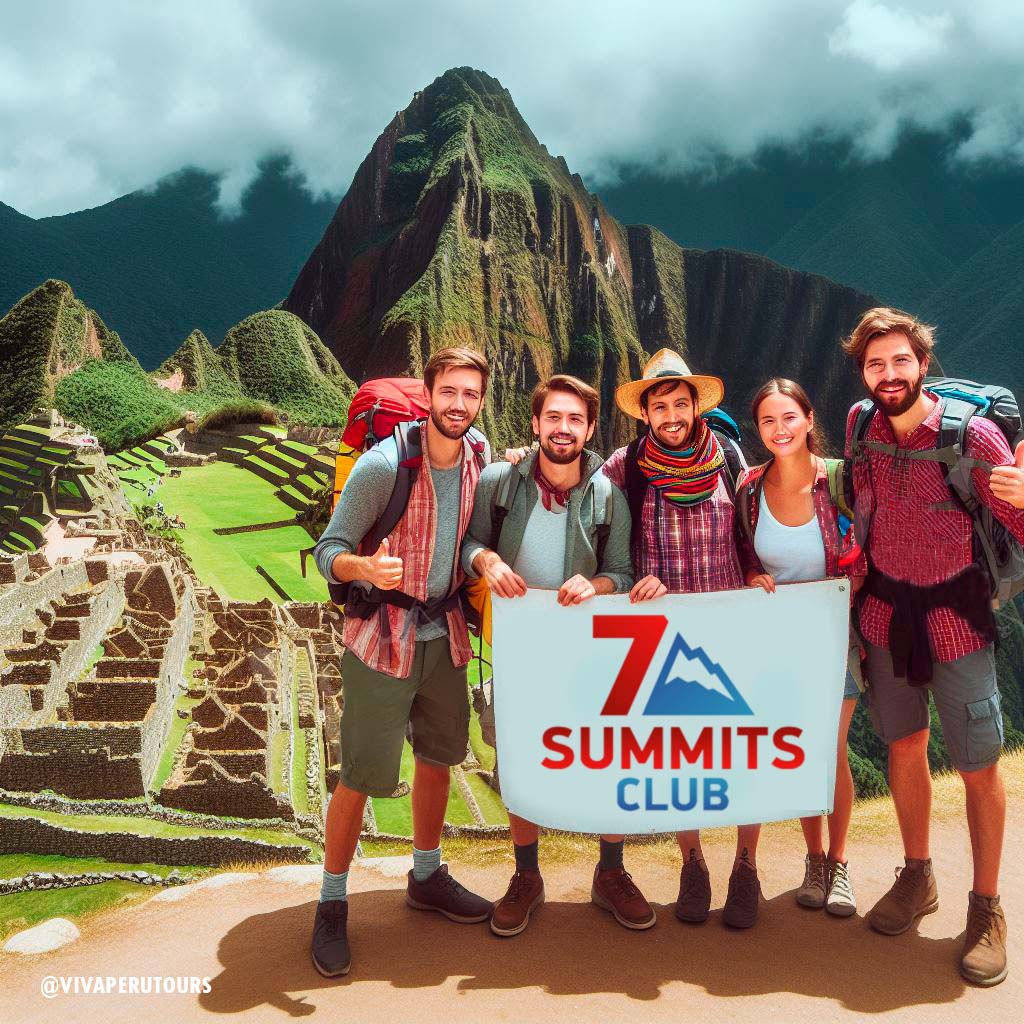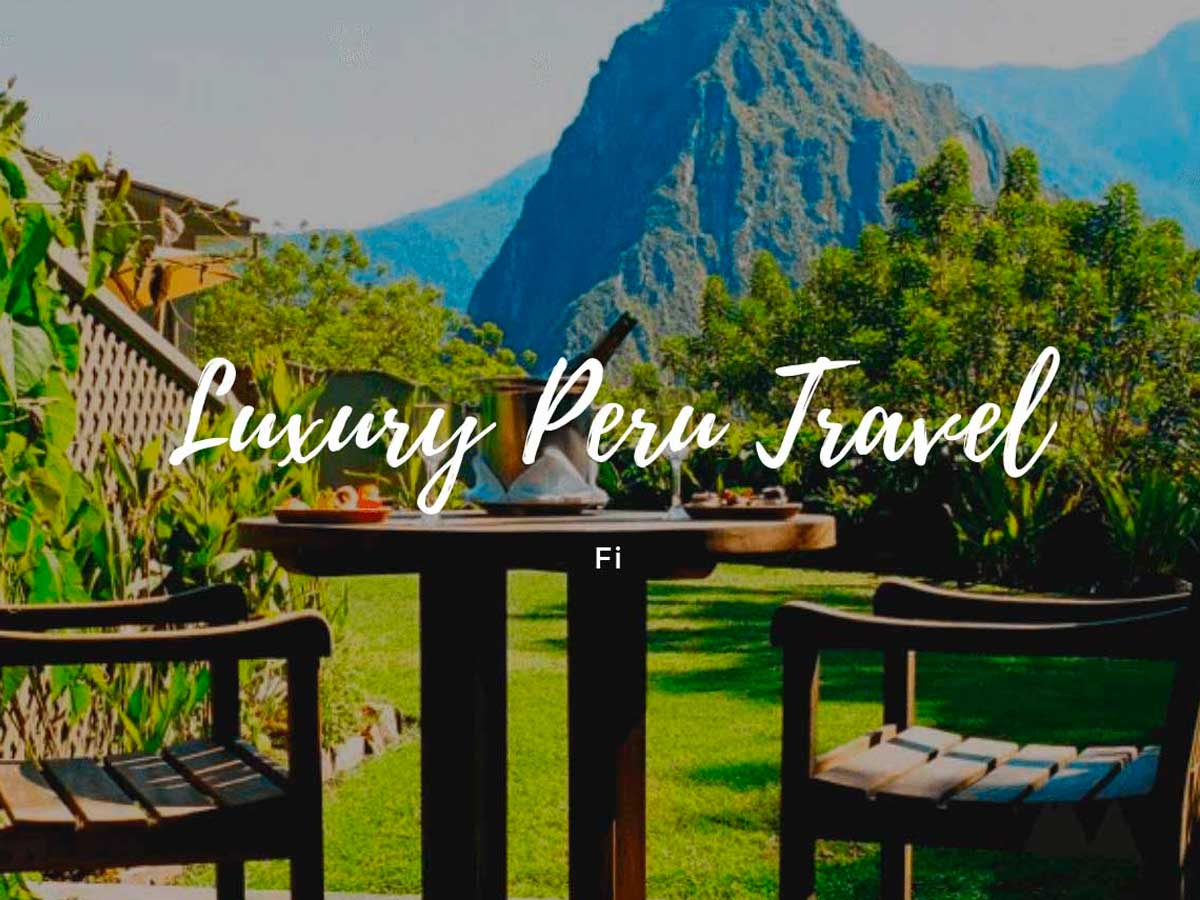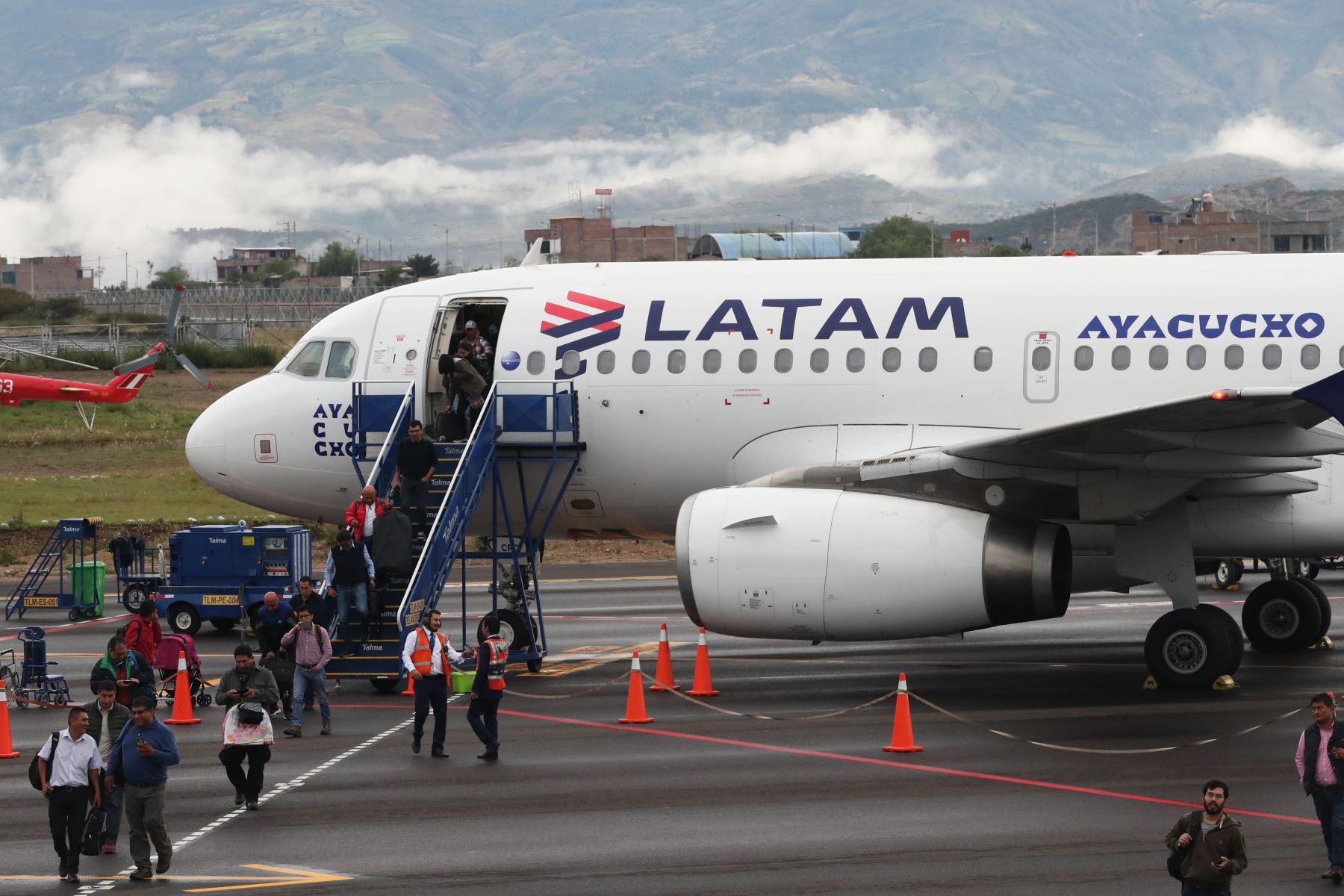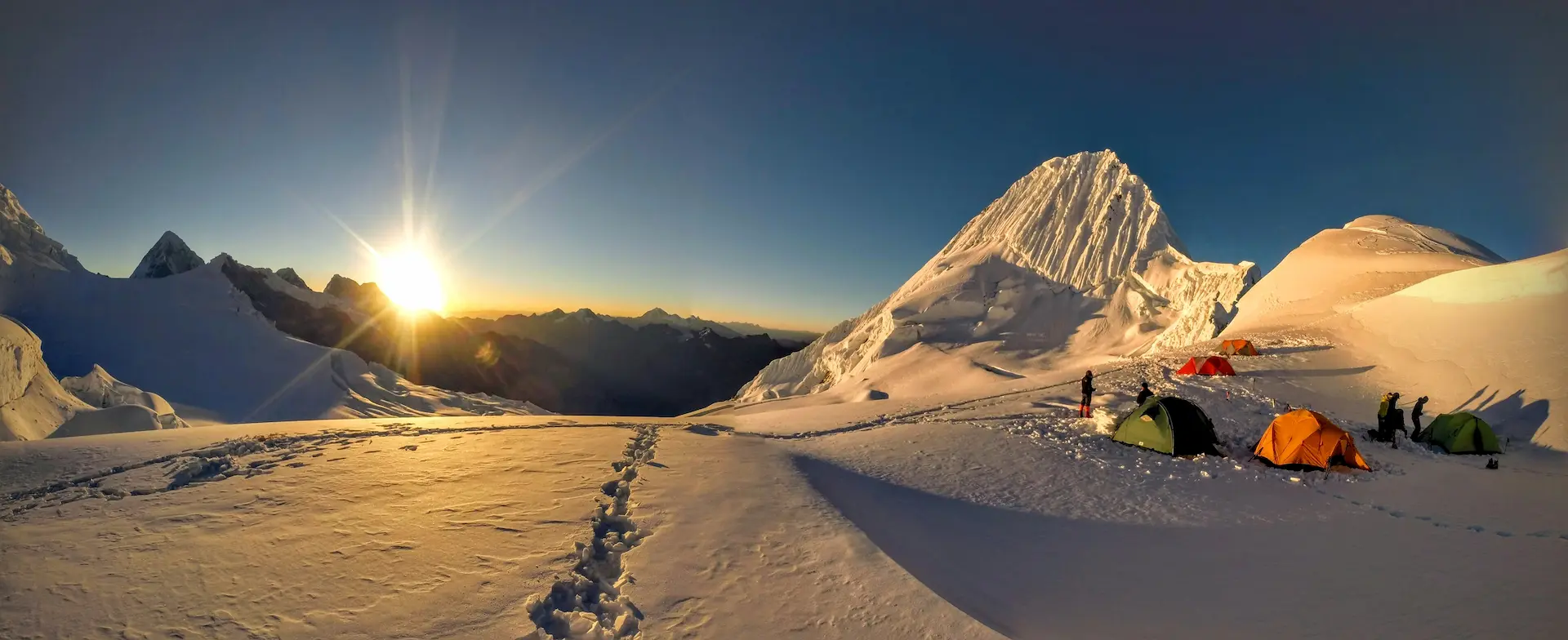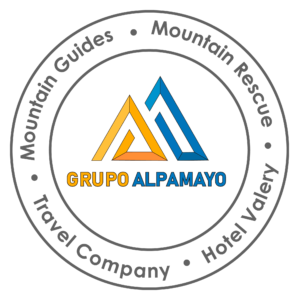One of the most important and yet little known cultures of the American continent is found in Peru. This is the Caral culture, whose capital was the city of the same name, which is now celebrating twenty-five years of excavations. We have spoken with Dr. Ruth Shady, director of the Caral archaeological zone, who has told us many things about this place, located in the Supe Valley, on the north-central coast of Peru, a site that is, with its 66 hectares, one of the largest in America, and about the civilization that built it, the Caral culture, considered the oldest in the American continent.
Agriculture, Fisheries, Trade
The Caral based their economy on agriculture and fishing on the Pacific Ocean coast, in the so-called Supe port. In the region, small settlements began to develop very early between the years 3000 and 2700 BC, which interacted with each other and exchanged products, even with other more distant populations. More complex societies were formed and between 2700 and 2550 B.C. the great city of Caral was built, a place with monumental architecture. It was at this time that new urban centers began to appear in the Supe valley and in the neighboring valley of Pativilca, between 2550 and 2400 BC. The influence of the Caral culture was such that it reached the north of Peru, as can be seen in the Ventarrón deposit, in Lambayeque, or in other places in the south, such as in the valleys of Chillón, Rímac, Asia….
Technological Advances
As Ruth Shady exclusively explains to us, the Caral were an advanced society that developed great scientific and technological knowledge that they transmitted to other neighboring cultures. They did not live in walled cities nor did they manufacture weapons, but they did exchange resources, goods and knowledge with populations from the mountains and the jungle. They also had access to the Spondylus mollusk, very characteristic of the tropical waters of Ecuador and which played an important role in Andean societies; They also obtained sodalite, a mineral that comes from Bolivia, and even replicated, in the burial of a child, the treatment given to the dead in the Chinchorro culture of Chile, which shows that the Caral were related to other very distant cultures. geographically.
A Monumental Architecture
As an archaeologist, Dr. Shady insists that the importance of Caral is reflected in the elements of its architecture, of symbolic significance –assumed in turn by other cultures–: sunken circular plazas, niches, double-jamb doors, earthquake-resistant technology, stepped platforms… Caral was an urban complex made up of different constructions. It lacks a walled enclosure and is located on a terrace that protected it from possible natural disasters.
The buildings were built with stone and wood from fallen trees. Six pyramids are preserved, each with a central staircase that is oriented towards certain stars. All these buildings had an altar with a central fire (circular or quadrangular in shape) and underground conduits that channeled the energy of the wind. In these complexes religious ceremonies were to be carried out that included the burning of offerings to the divinities. But one of the most striking constructions are its two enigmatic circular plazas, located in front of two pyramidal buildings. Quite possibly also related to religious ceremonies.
Ecological Disaster
Dr. Shady and her archaeological team work in 12 settlements of this culture with the aim of “knowing the social system of the Caral civilization and the changes that took place over the thousand years, of great prestige and development achieved, until that entered into crisis and collapsed due to intense climate change, which transformed the productive valley of Supe into sandy lands with dunes, affected by a prolonged drought, conditions that caused populations to abandon urban centers.” In fact, and despite its harmonious relationship with nature, the Caral culture succumbed to harsh climate change, catastrophic in its effects. Archaeologists have identified a number of extreme weather events, including earthquakes and torrential rains that flooded the fishing town’s bay.
An extreme drought that lasted for several decades has also been documented: the Supe River dried up and the crop fields filled with sand. In the end, after various and devastating famines that put an end to this brilliant civilization, Caral and the surrounding towns were abandoned around 1900 BC, without knowing what became of its inhabitants…
Sacred City of Caral
This archaeological site is located in the Supe Valley, in the province of Barranca, Lima region. The Sacred City of Caral is the most outstanding manifestation of the Caral Civilization, the oldest in America, due to its 5,000 years old (3000 – 1900 BC), monumental architecture and development achieved by the society that built it.
In 2009, this main urban center of the Caral Civilization, the oldest in America, entered the UNESCO World Heritage list, confirming its exceptional universal value that must be protected for the benefit of humanity.
Cultural Relevance
The archaeological site occupies an area of approximately 68 hectares and is made up of a nuclear zone with 32 public buildings and several residential complexes, and two peripheral zones: one of them borders the Supe Valley.
Formerly, social, cultural and economic activities were carried out in this city in coordination with the socio-political authorities of other nearby centers. The civilization in charge created cross-sectional and long-distance interregional interaction channels to exchange products and goods with societies of the coast, mountains and jungle, in conditions of peace, respecting customs, ideologies and languages, and in complete harmony and respect with nature.
Architectural Value
The Sacred City draws attention for the monumentality of its pyramidal buildings, such as the Greater Pyramidal Building, which is more than 29 meters high, occupies more than 25 square meters and has a sunken circular plaza. It was built with overlapping platforms, made of stones held together with clay mortar and gravel. Their halls and rooms were made with quincha. For the plastering and painting, clays of different colors were applied: yellow, white, red and beige.
Likewise, in all the construction deposits they placed “shicras”, bags made of vegetable fiber filled with stones of different sizes, which gave earthquake resistance to all their buildings. They placed large stones vertically on the walls of the main façade, on the corners of the platforms and on the stairs of the circular plaza.
Research and Discoveries
The research work in the Sacred City of Caral, carried out since 1994 by the archaeologist Ruth Shady Solís, director of the Caral Archaeological Zone (ZAC), intensified, managing to identify, between the Supe and Huaura valleys, 25 settlements that they would have formed the Caral Civilization.
Of these 25 places, 12 are currently being investigated by the multidisciplinary team of the ZAC: the Sacred City of Caral (World Heritage); Rough, fishing town; and Vichama, agricultural and fishing city of Végueta, Huaura, these three open to the public.
Also in Chupacigarro, El Molino, Piedra Parada, Era de Pando, Miraya, Lurihuasi, Allpacoto, Pueblo Nuevo and Peñico, to be able to compare cities, towns and villages, and learn about the complex social system that made the early development of the Caral Civilization possible. and their development of knowledge in science and technology.
How to get to the Sacred City of Caral?
Route 01: Official Road
For those who go with their own mobility along ROUTE 1 (Detour at Km 184, you will be able to see some panels that will guide you). After traveling approximately 23 kilometers, you will arrive at the Town Center of Caral and follow the detour to the tourist hostel to the right, until the pedestrian bridge, from there you will have to walk approximately 20 minutes to the Reception Center.
Optional Route: Crossing the River
Visitors with their own mobility can take the detour to cross the river from mid-May to fortnight in November, with this route they can go directly to the reception center of the Sacred City of Caral.
By Public Transport
To get to the Sacred City of Caral, you have to:
Take a bus heading north, until you reach Supe Pueblo, which is located at kilometer 184 of the Panamericana Norte.
You must get off the bus at the height of the Supe Market. One block from the market is the whereabouts of taxis – groups that go to the Caral Town Center.
If you use the bus service, the car will leave you at the pedestrian entrance of the archaeological site, from where a marked pedestrian route starts. The approximate walking time is 20 minutes. The approximate cost of the ticket is S/.4.00 and the units depart with 6 passengers.
If you use the taxi service, it costs approximately S/. 40.00, the cars will drive you to the Reception Area of the archaeological site. It is possible to contract the round trip service, but you must previously coordinate it with the driver. It should be noted that for the return, the taxi-colectivos only travel through the Supe valley until 4:00 p.m.
Best Tours in Peru
Many are the routes that take you to Machu Picchu, but none is like the Inca Trail Tours, the most famous pedestrian path in the Americas. After flying from the capital of Peru, Lima, you will arrive in Cusco to walk for four days along a path through forests and dense fog, millenary stone steps and discovering the ruins of ancient fortifications and Inca cities, and all the time enjoying majestic views.
- Sacred Valley Bike Tour
- Honeymoon in Machu Picchu
- 1 Day Inca Trail Hike to Machu Picchu
- Sacred Valley Tours
- Lares Trek to Machu Picchu 4 Days
- Huchuy Qosqo Trek to Machu Picchu
- Short 2 Day Inca Trail Hike to Machu Picchu
- 2 Day Inca Trail with Camping
- Apu Ausangate Trek 7 days
- 4 Day Jungle Trek to Machu Picchu
- Inca Quarry Trail to Machu Picchu
- Urubamba River Rafting
- 5 Days Salkantay Mountain Trek
- 3 Days Salkantay Trek to Machu Picchu
- Huchuy Qosqo Trek to Machu Picchu
- 7 Lakes Ausangate Trek
If you want to visit Machu Picchu, we recommend you to book your Machu Picchu Ticket in advance, so you will enjoy your Vacation in Machu Picchu without any problem.

